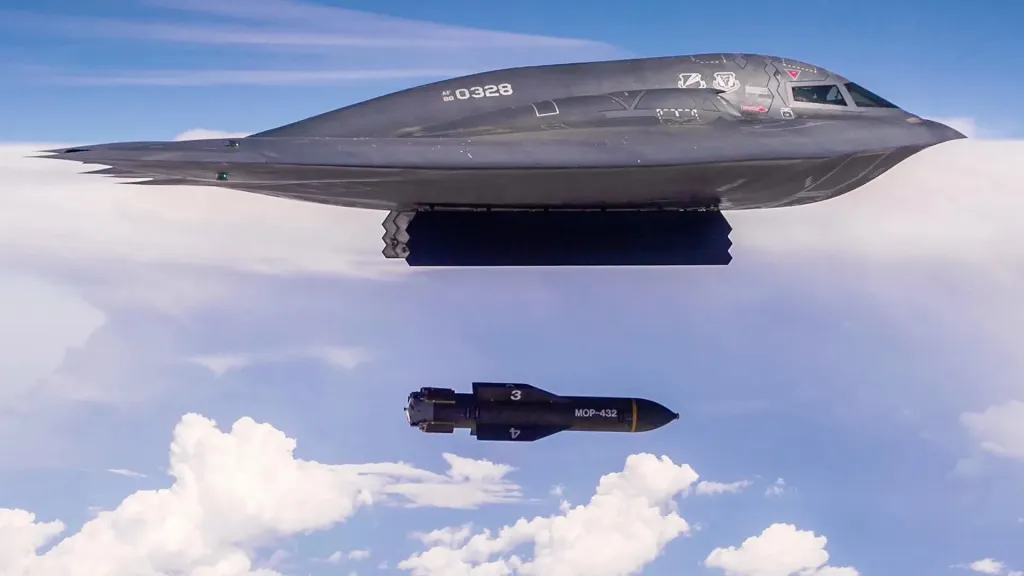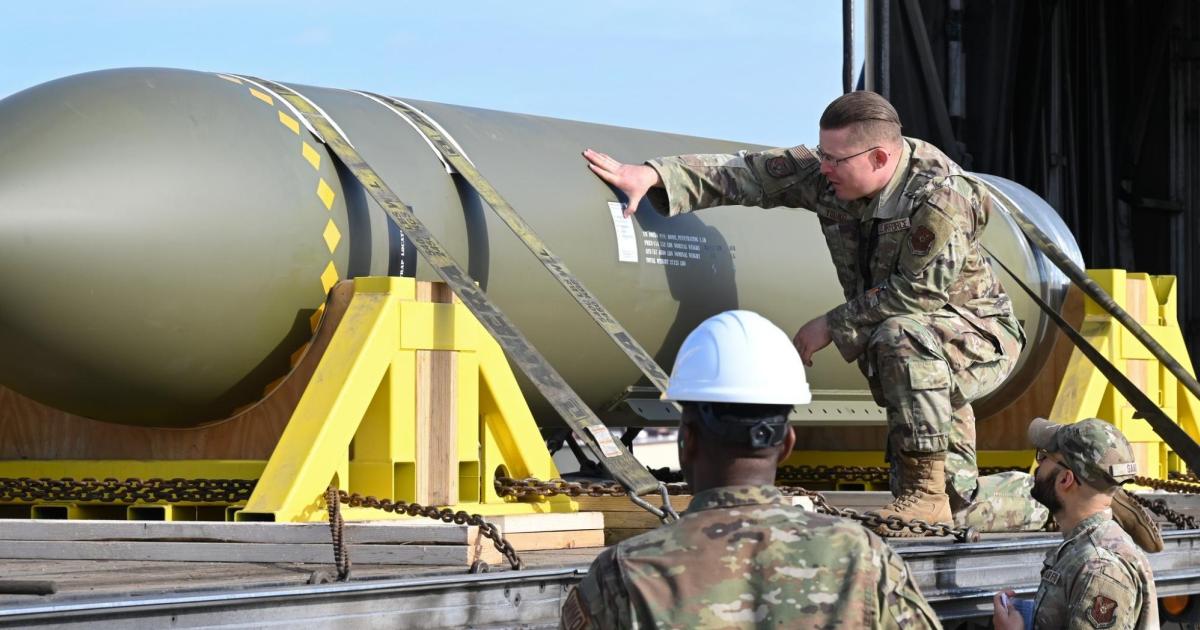In a major escalation of the Israel-Iran conflict, former U.S. President Donald Trump made a big announcement on June 21, 2025. He said that the American forces have carried out successful airstrikes on three key Iranian nuclear facilities. These sites include Fordow, Natanz, and Isfahan. The recent attack marks the first U.S. military attack inside Iran since the 1979 Iranian Revolution.
Speaking from the Oval Office, Trump declared “Iran’s key nuclear enrichment facilities have been completely and totally obliterated. The strikes were a spectacular military success.” He said the strikes represented a “spectacular military success”. Trump also warned Tehran of future action unless it agreed to peace.
President Donald J. Trump Delivers Address to the Nation, June 21, 2025 https://t.co/yutRDvtWv0
— The White House (@WhiteHouse) June 22, 2025
“If they do not, future attacks will be far greater and a lot easier,” he said. “There will be either peace or there will be tragedy for Iran far greater than we have witnessed over the last eight days,” Mr Trump said and warned Iran that “there are many targets left”. “But if peace does not come quickly, we will go after those other targets with precision, speed and skill. Most of them can be taken out in a matter of minutes,” he said.
B-2 Bombers and MOPs: The Weapons Behind the Strike
According to reports from Reuters and Fox News, the United States deployed B-2 Spirit stealth bombers to conduct the high-precision attack. These advanced aircraft were armed with GBU-57 Massive Ordnance Penetrator (MOP) bombs. These are some of the most powerful conventional weapons in the U.S. arsenal.

The GBU-57, also known as the “bunker buster,” weighs 30,000 pounds (13,600 kg). This particular bomb is specifically designed to penetrate heavily fortified underground structures. Furthermore, it is also capable of boring through 200 feet of earth or 60 feet of reinforced concrete. Meanwhile, the MOP was developed for exactly these types of hardened nuclear facilities. It is like Iran’s Fordow site, which is built deep into a mountain near Qom.
According to reports, six MOPs were used during the strike on Fordow alone. These bombs were dropped from B-2 bombers that had been positioned in Guam days before the attack. Each B-2 is capable of carrying two MOPs per mission, thanks to its specialized internal weapons bay.
Tomahawk Missiles Target Natanz and Isfahan
In addition to the bunker-busting airstrike at Fordow, 30 Tomahawk cruise missiles were launched from U.S. Navy submarines. These missiles targeted Natanz and Isfahan. These sites are two other major nodes in Iran’s uranium enrichment infrastructure. The cruise missiles were selected for their long range and precision-guidance capability. This allowed them to hit key installations without risking American lives.
Both Natanz and Isfahan have played significant roles in Iran’s controversial nuclear program. Especially with their inclusion in the strike indicates a deliberate U.S. strategy to disable as much of Iran’s enrichment capacity as possible in a single coordinated offensive.
Iran Retaliates, Conflict Intensifies
Following the U.S. strike, Iran launched a new missile barrage against Israel. The impact of the missile reportedly injured 11 people. In response, the Israel Defense Forces (IDF) began another wave of military action against Iranian targets in western Iran. According to the IDF, they neutralized missile launchers. They also targeted Iranian military personnel preparing further attacks on Israeli soil.
The ongoing conflict began with Israel’s “Operation Rising Lion” last Friday, a surprise offensive on Iran’s nuclear sites and military leaders. Israel justified the operation by citing intelligence that Tehran was on the verge of producing a nuclear weapon.
According to reports, over 600 people have been killed in Iran, The numbers were confirmed by the U.S.-based Iranian human rights organization. On the other hand, Israeli sources report over 450 missiles and 1,000 drones have been fired by Iran. This has resulted in 24 deaths in Israel.
Political Fallout and International Implications
“Additionally, this morning, the IAF (Israeli Air Force) struck missile launchers ready to launch toward Israeli territory, soldiers in the Iranian Armed Forces, and swiftly neutralised the launchers that launched missiles toward Israeli territory a short while ago,” the IDF said.
𝗧𝗵𝗲 𝗜𝗔𝗙 𝗵𝗮𝘀 𝗯𝗲𝗴𝘂𝗻 𝗮 𝘀𝗲𝗿𝗶𝗲𝘀 𝗼𝗳 𝘀𝘁𝗿𝗶𝗸𝗲𝘀 𝘁𝗼𝘄𝗮𝗿𝗱 𝗺𝗶𝗹𝗶𝘁𝗮𝗿𝘆 𝘁𝗮𝗿𝗴𝗲𝘁𝘀 𝗶𝗻 𝘄𝗲𝘀𝘁𝗲𝗿𝗻 𝗜𝗿𝗮𝗻.
Additionally, this morning, the IAF struck missile launchers ready to launch toward Israeli territory, soldiers in the Iranian Armed…
— Israel Defense Forces (@IDF) June 22, 2025
Israeli Prime Minister Benjamin Netanyahu praised Trump’s decision, calling it a “bold action that will change history.” He emphasized the longstanding alliance between Israel and the U.S., stating, “Congratulations, President Trump. Your bold decision to target Iran’s nuclear facilities with the awesome and righteous might of the United States will change history,” the Israeli PM said in a video address after the US joined Israel’s military campaign against Iran.
What Is the GBU-57 Massive Ordnance Penetrator?
The GBU-57 MOP is a precision-guided, bunker-busting bomb developed by the U.S. military to neutralize deeply buried and fortified targets, such as underground nuclear facilities. Measuring over 20 feet long, the bomb is guided by GPS and designed to explode only after penetrating layers of earth and concrete.



